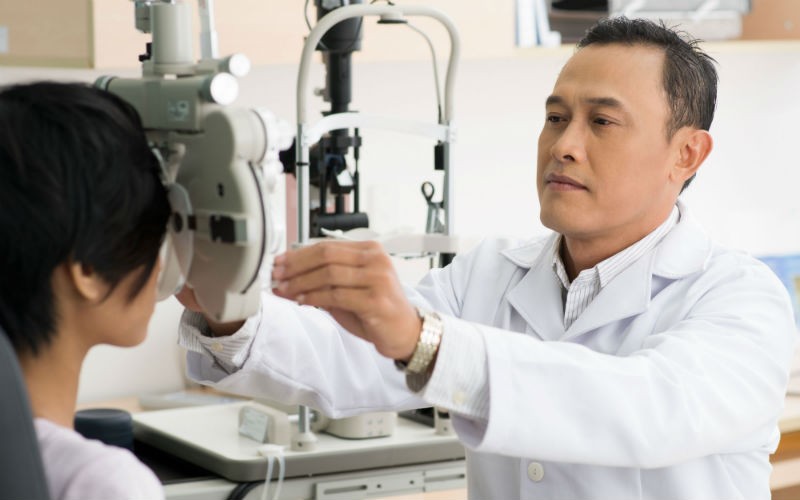
5 diseases that can be detected in a routine eye exam
Karine Salles
Friday | April 17, 2015 | 2:10 PM | Last update: September 22, 2016, 4:07 PM (Brasilia time)
Did you know that through the eyes it is possible to detect health problems that can actually affect the whole body? This is because our eyes show several signs that something is not right in the body even before the symptoms appear. An example of this is hepatitis, which can be identified because of the yellow coloration of the eyes.
In an interview with Good Will Portal, Brazilian eye surgeon Renato Neves talked about this and other diseases that can be picked up from a simple routine eye examination. Read more about it below:

1. HYPERTENSION
One of the many symptoms of high blood pressure can be easily identified by red eyes: “There are alterations in the reflexes of the blood vessels, a dilation, and an increase in the presence of the venous part.” According to Dr. Neves, there is initially no reason for alarm, since the eyes may be red because of other reasons, like sleepless nights. But if the symptoms persist and are accompanied by a loss of vision, intense headaches, or over-sensitivity to light, it is important to seek specialist advice.
2. DIABETES
“Diabetes produces an alteration that is often identified through a leakage of fluid or an abnormal accumulation of fluid in the retina. These symptoms are very common especially if the diabetes is uncontrolled and blood glucose levels are very high.”
It is worth emphasizing that controlling glycemic levels may delay the appearance of alterations in the retina or reduce its seriousness. That is why it is always important for people with diabetes to have their vision monitored by an ophthalmologist.
3. ANEMIA
According to the World Health Organization (WHO), anemia is defined as a condition in which the hemoglobin content of the blood is lower than normal as a result of deficiency of one or more essential nutrients, whatever the cause of such deficiency. The disease can be caused by a lack of various nutrients, like iron, zinc, vitamin B12, and proteins.
The diagnosis is made “by realizing the vascularization of the eyes, whether they are white or red.” Therefore, it is essential that the patient receives medical monitoring by a general practitioner in addition to the ophthalmologist, since some diseases are related to the systemic vascular condition of the person.
4. HEPATOLOGY DISEASES
Diagnosis can be made by a doctor based on observing the symptoms and results of tests. “Patients begin to turn yellow and have yellow eyes, which may explain the alterations in the liver,” he says.
5. CANCER
“Some types of bleeding in the eyes can indicate hematologic alterations, like some coagulation disorders, or even cancerous diseases like leukemia, which may lead to specific alterations in the back of the eye,” warns the eye surgeon. By means of a “characteristic stain”, it is also possible to identify “primary tumors in the breast or prostate.”
Although an eye test is not necessarily a preventive procedure, it can help in the early diagnosis of diseases and contribute to the adoption of measures to monitor their evolution. If you have any questions, please write to us.
Version: Rob Dinham
Revision: Rosana Bertolin


